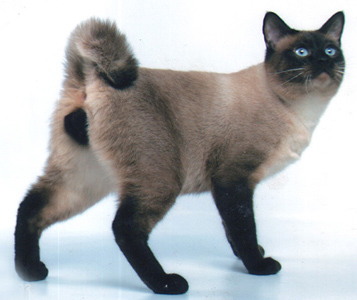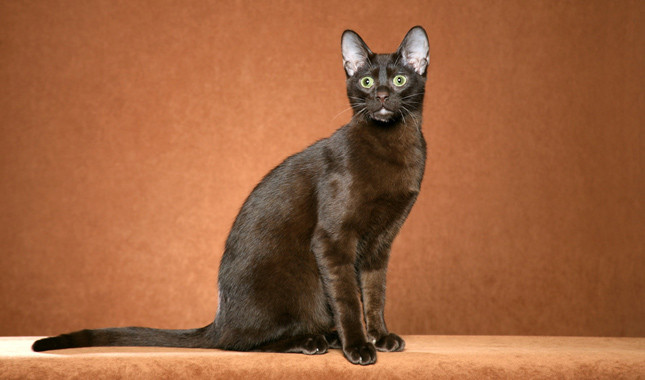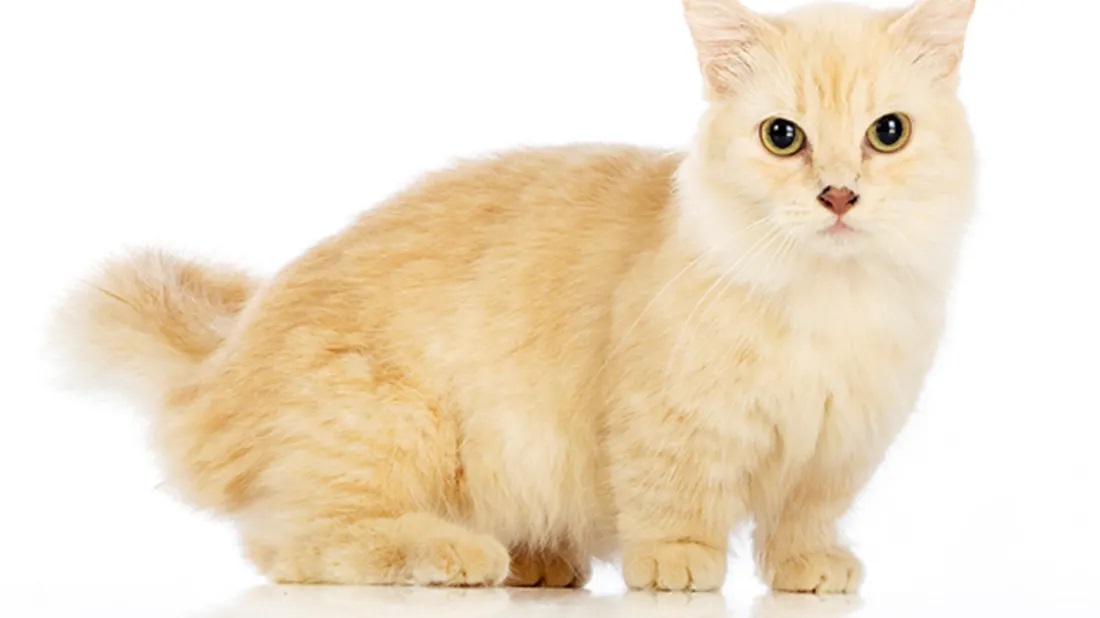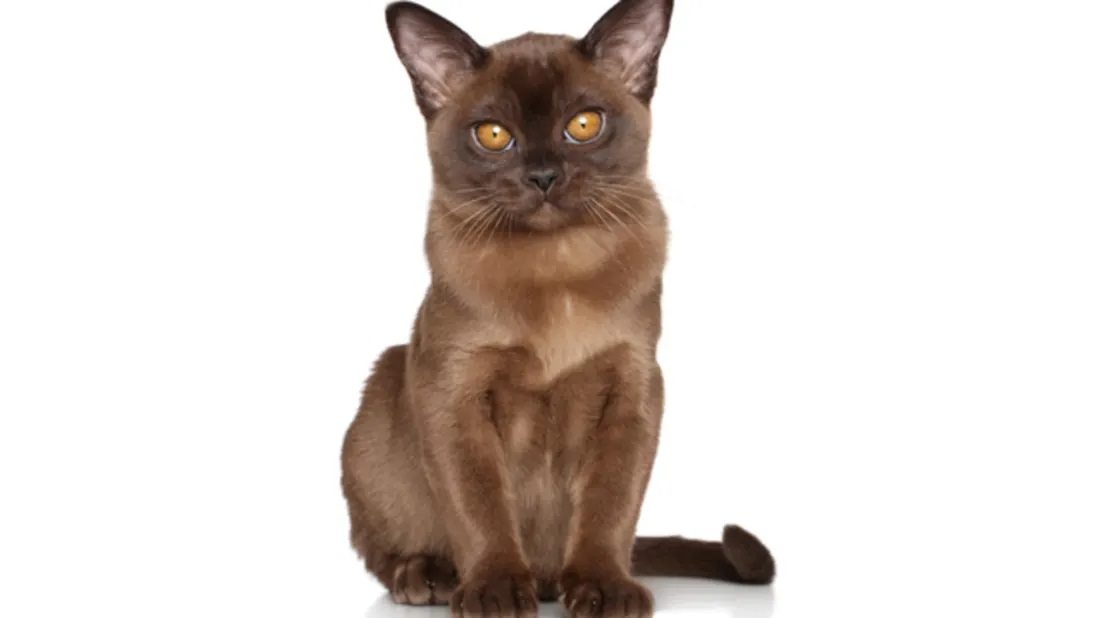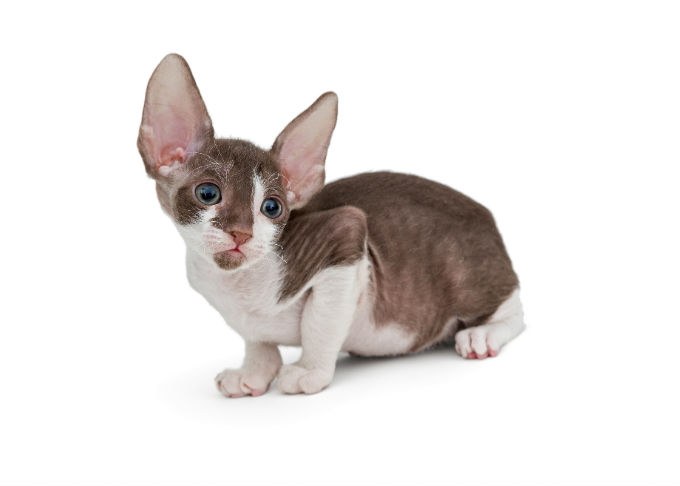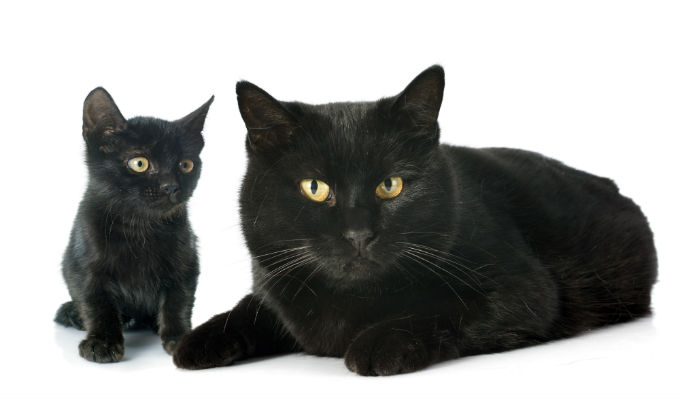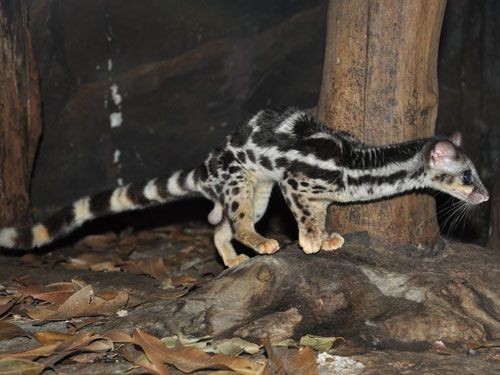This cat is a mating between a dotted Ethiopian cat and a Siamese cat.
His eyes are circular yellow, his coat beige with dark or light brown spots.
It is considered a pet cats, prefer spacious places and his favorite food meat and fish.
The Ocicat is an all-domestic breed of cat which resembles a wild cat but has no recent wild DNA in its gene pool. The breed is unusual in that it is spotted like a wild cat but has the temperament of a domestic animal. It is named for its resemblance to the Ocelot.
Indeed they are! This magnificent spotted cat never fails to steal the show, not to mention the hearts of those fortunate enough to own them. Feline enthusiasts have always been awed by the spotted cats of the wild: ocelots, margays, leopards, and others. Never before was there such an effort to breed an entirely domestic cat which can offer the spotted beauty of the wild cats while maintaining the lovely, predictable disposition of the domestic cat. The Ocicat originates from interbreeding of Abyssinian, Siamese, and American Shorthair and is the only spotted domestic breed selectively bred to emulate the cats of the wild.
Available in 12 colors, the ideal Ocicat is a large, active animal with an athletic appearance. It is very solid and well-muscled and has a short, tight coat with a satin sheen that shows off muscles and spots to their best advantage. In 1964, the original Ocicat was the unexpected result of an experimental breeding which attempted to produce an Abypoint Siamese. Mrs. Daly’s daughter named the breed the Ocicat because of its resemblance to the ocelot.
Tonga, the first Ocicat, was neutered and sold as a pet. When the Detroit newspaper publicized the lovely spotted cat, noted geneticist Dr. Clyde Keeler expressed his desire to see a domestic cat which would mimic some of the vanishing wild species. With this in mind, the breeding was repeated, and the Ocicat breed was truly born!
Recognized for CFA registration in 1966, it took another twenty years to develop the breed and gain the support for provisional status. The Ocicat was advanced to championship status in May 1987. They can now be seen at many shows.
While the Ocicat looks wild, its temperament is anything but ferocious. It is a lot like a dog in that it is absolutely devoted to its people. Not a demanding, clinging-vine type, the Ocicat is confident as well as dedicated to its owners. Bred for spots, the Ocicat also comes in four other patterns: ticked, classic tabby, solid, and pointed. But regardless of color or pattern, they all have that trademark personality to capture your heart.


